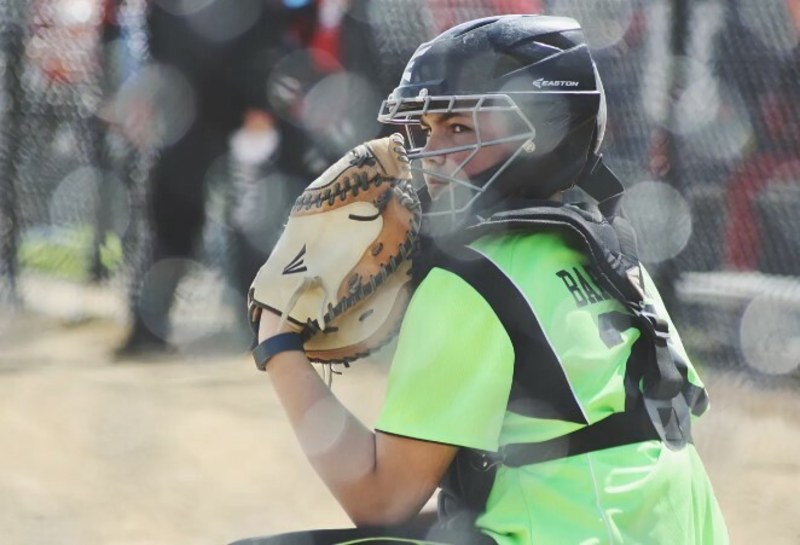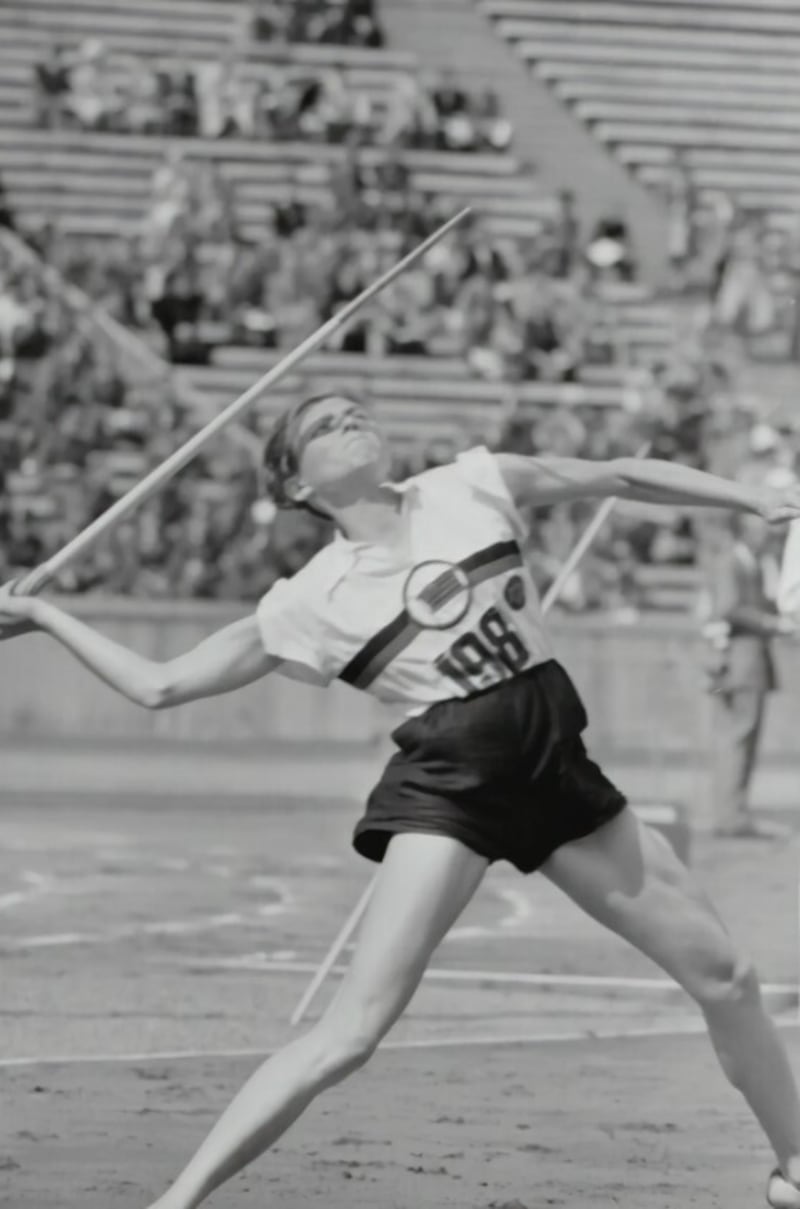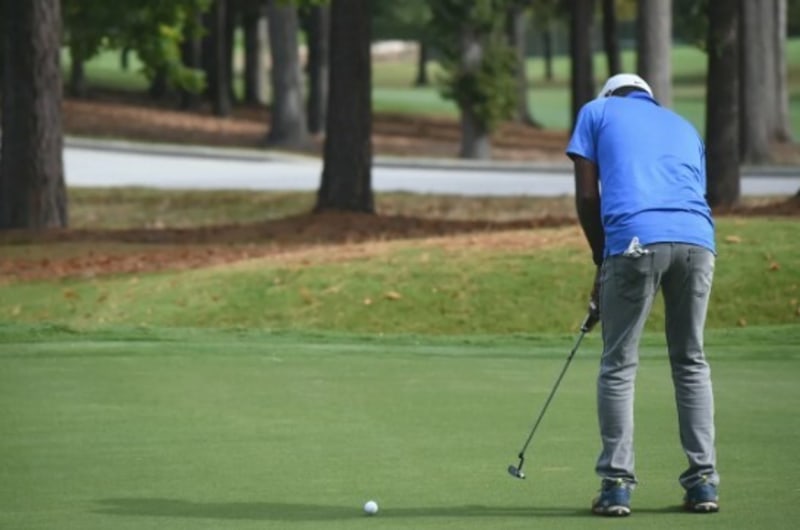
Low Back Pain: Treatment-Based Classification in Athletes
by Angelica Weatherspoon, SPT
September 28, 2021
Photo by NeONBRAND on Unsplash
Angelica Weatherspoon, SPT (August 2021)
There are three things in life that are certain: death, taxes, and low back pain. Although Benjamin Franklin may have forgotten to specifically mention low back pain in his famous quote, there’s about an 80% chance that he had low back pain at some point in his life. Why? It’s actually more common to have back pain than to NOT have back pain. That’s right, if you DON’T have back pain, you are actually in the minority.
While back pain is highly common in the “general population,” competitive athletes also struggle with a little low back pain, or as we call it “LBP.” Pushing through pain might work initially, but if the source of the issue isn’t addressed a little problem could lead to a big problem. For example, an acute lumbar muscle strain could lead to years of chronic low back pain. When dealing with low back pain it’s important to remember that “no pain, no gain” is not a principle you want to follow or push your athletes to follow.
So, if you are treating an athlete with low back pain, what should you do? Should you push them THROUGH the pain? Do you make them sit out until the pain is completely gone? Most athletes aren’t going to agree to sit out of their sport just because their back is bothering them. The good news is that we can often figure out ways to address movement faults, decrease low back pain, and optimize performance DURING an episode of back pain.
By the end of this blog post, you’ll be familiar with how Sports Physical Therapists can address and treat low back pain for athletes who are in season. While this is a quick read and reference for students, therapists, athletic trainers, and other healthcare providers--we encourage all readers to 1) Always check with the patient’s medical doctor first on the treatment approach and 2) Consider checking out the course “Athletic Low Back Pain” on Medbridge by Kyle Kiesel, PT, PhD, ATC and Todd Arnold, MD.
Treatment Based Classification Approach
Before we can know how to help our athletes, we must first have an idea about what’s wrong. The Treatment-Based Classification (TBC) approach has been shown to be successful in treating low back pain in athletes AND the general population. So, what exactly is the TBC? Simple, it’s trial and error. Like a lot of things in life, sometimes you just have to try it and see how your body responds. It’s very similar to jean shopping online, you just have to order them and see what happens.
The TBC approach is simply reverse engineering₁. Based on the athlete’s history and physical exam, we place them into one of three different treatment categories that we think would best give them a successful outcome. If a thorough history is taken, there is a good chance you will be able to select what treatment category you think your athlete will fall into. The physical exam is great for confirming or denying the hypothesis made during the history. Key factors to address during the history and physical exam include, but are not limited to the following: the duration of symptoms, intensity of pain, symptoms in the lower extremities, current disability level, fear-avoidance level, movement characteristics, and response to repeated movements--such as bending and extending the low back.
There are three treatment categories for low back pain in athletes based on the TBC:
- Flexion (bending back) oriented
- Extension (arching back) oriented
- Mobility/Sacroiliac Joint Dysfunction (SIJD) oriented.
In the subsequent sections, we will discuss assessment and treatment for each category.
Flexion Oriented Pain
Athletes who have flexion-oriented pain often have disc problems. Repeated flexion creates pressures on the intervertebral disc which can cause an inflammatory response and can ultimately lead to a herniation if an athlete is pushed beyond their limits.
A disc herniation is often compared to a jelly doughnut. Not that there’s anything sweet about a herniated disc, but more in the sense of putting pressure on one end of the doughnut, and the filling coming out of the other.
Athletes who are most at risk for this not-so-sweet treat would be divers, gymnasts, swimmers (flipping in the water), weightlifters, tennis players, and softball catchers₂. Let’s not forget that many competitive athletes are often weightlifting during their seasons and off-seasons.

Photo by Rachel Barkdoll on Unsplash
In order to clinically diagnose a disc problem, we often use the Straight Leg Raise (SLR) test and the Slump test. The SLR test is a highly sensitive test that can help rule out space-occupying lesions like disc herniations.
Once we identify someone has flexion oriented pain, we implement an extension-based program. In simple terms: repeated extension can reverse the whole jelly coming out of the doughnut concept. If abnormal or excessive flexion caused the problem, then we extend! Prone press-ups are the hallmark of this treatment.
In addition to repeated extension, we would work to gain local motor control. It’s important to assess the transverse abdominals, lumbar multifidus, pelvic floor, and diaphragm to ensure that those inner core muscles are functioning properly. Malfunctioning of the core can contribute to excessive lumbar flexion and subsequent shearing of the disc.
Lastly, we don’t want to forget the concept of regional interdependence. This holds true for each TBC category as well. Regional interdependence is the idea that “issues” away from the area of pain or dysfunction may also be contributing to the overall problem. We always check above and below the main area of dysfunction. Instead of placing a band-aide on a papercut, we have to figure out why we are getting cut in the first place. Why is the athlete constantly hurting their low back in flexion? Are they limited by tight hamstrings, lack of mobility in the thoracic spine, or maybe an old ankle injury limiting core stability and proprioception? Most of the time, there is more than one issue!
Extension Oriented Pain
Extension-oriented pain is the most common type of low back pain in competitive athletes. It’s important to identify bony lesions if present, so here is where imaging is important.
It’s worth mentioning that low back pain differs in athletes as compared to the general population. And no, I’m not particularly pointing out the fact that athletes are sweatier, but in the sense that low back pain is over-diagnosed in the general population and underdiagnosed in athletes. Typically, we don’t rely on imaging with low back pain in the general population, because if we were to take imaging of 10 people, we would find mixed results. There would be people with a herniated disc but no pain, people with clear images who have pain, and people with herniated discs that also have pain.
However, imaging is necessary with extension-oriented pain in athletes because the images do help to guide the treatment. We need to identify a bony lesion, if present, and structure treatment accordingly.
Athletes at risk for extension-oriented pain would be football players (particularly linebackers), gymnasts, pole vaulters, rowers, weightlifters, and athletes involved in throwing sports.

Photo by Austrian National Library on Unsplash
Clinically, we use the Stork or one-legged hyperextension test to diagnose extension-oriented dysfunction. However, there isn’t a lot of evidence proving that this test is sensitive or specific. The lumbar spinous process palpation test is more accurate in ruling in a spondylolisthesis, but harder to do. This is why radiographs can be ultra-important!
Treatment is guided by the results of imaging. If there is a fracture, we must allow the bone to heal and follow tissue healing principles. If there is a stress reaction, we apply similar principles knowing that healing may not take as long. This is where interprofessional collaboration with other medical professionals comes into play.
Rehab focus will again concentrate on the cause of the problem. Why are the athletes moving faulty, what’s causing excessive forces in the spine? Again, is this the nature of the sport, or are there other issues influencing the spine? Is there a hip or thoracic immobility causing the lumbar spine to take more of the stress? Maybe the transverse abdominis is weak causing the athlete to passively extend the spine.
Similar to the Flexion Oriented Category, we must reestablish local motor control. Making sure that our muscles are trained and firing correctly.
Mobility/SIJ Dysfunction
The third category is pretty much what’s leftover after we rule out flexion and extension-oriented pain. This is when images are good, there’s no fracture, and they don’t have problems with flexion or extension. So, now we are thinking of a lumbar strain, some type of facet joint problem, or maybe an SIJ issue.
For SI Joint dysfunction, there is a cluster of tests with high sensitivity and specificity. These tests include SIJ distraction, SIJ compression, Thigh Thrust, Gaenslen's, and Sacral Thrust. If 3 of the 5 tests in this cluster produce pain, then we can highly suspect that SIJ dysfunction is the main issue.
Athletes most at risk for SIJD are those that are involved in sports that repeatedly place asymmetric loads on their pelvis. These are our runners, golfers, baseball players, softball players, and volleyball players.

Photo by Gene Gallin on Unsplash
Treatment for SIJ Dysfunction often includes muscle energy techniques to correct muscle imbalances and to realign the pelvis. We then look at movement tests to address any other dysfunctions the athlete may have. As always, DO NOT forget the role of Regional Interdependence in all of these treatment classifications
Conclusion
Before I leave you to test out the TBC, I must remind you that athletes are still humans, super-human, but still human. With that being said, we still want to treat them like they are patients with low back pain. Because, well, that’s literally the case. Remember to screen for yellow and red flag symptoms, because a 17-year-old athlete can have these symptoms too. Don't just dismiss a yellow or red flag because the patient is young or athletic.

Photo by Carson Masterson on Unsplash
If you don’t remember anything I’ve said in this article, then that’s okay because it’s a blog and you can always stroll to the top and start over. But the gist of it is this: when life gives you lemons you make lemonade. Or lemon meringue pie. Or something else super sweet with lemons, because remember, with the TBC you try and assess, check and re-check, plug and chug (mathematical synonym).
Take what the patient is telling you in their history (the answer is usually here) and their physical exam and place them in the correct category for treatment. After that, use all of the wonderful things you’ve learned in school and your training and solve world hunger! And if not, at least get your patients back to stop hurting, whatever comes first.
References
- MBC - Lumbar Spine: Athletic Low Back Pain. Kyle Kiesel, PT, PhD, ATC. Todd Arnold, MD. file:///C:/Users/aweat/Downloads/Course%20Material%20(1).pdf
- Get the Lowdown on Low Back Pain in Athletes. Lisa Huynh, M.D. Gary P. Chines, M.D., Ph.D. file:///C:/Users/aweat/Downloads/Get_the_Lowdown_on_Low_Back_Pain_in_Athletes.6.pdf

